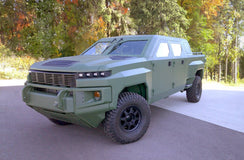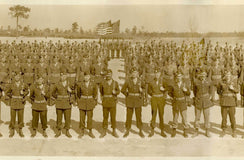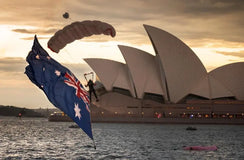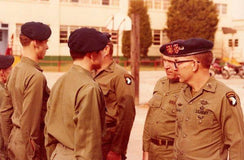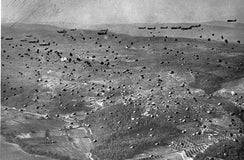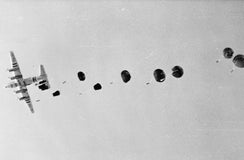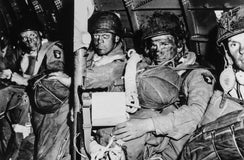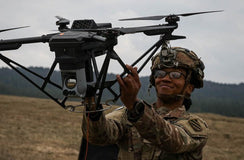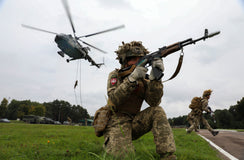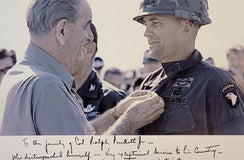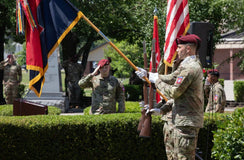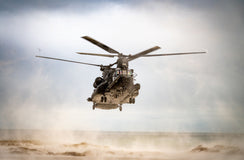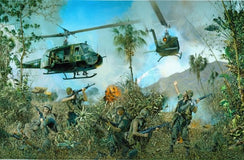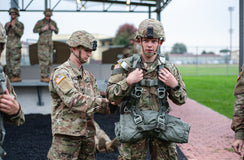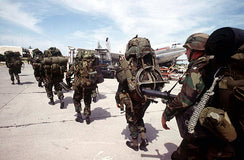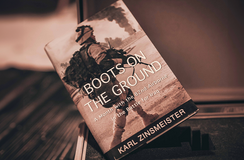The Evolution of Airborne Operations: From World War II to Present Day
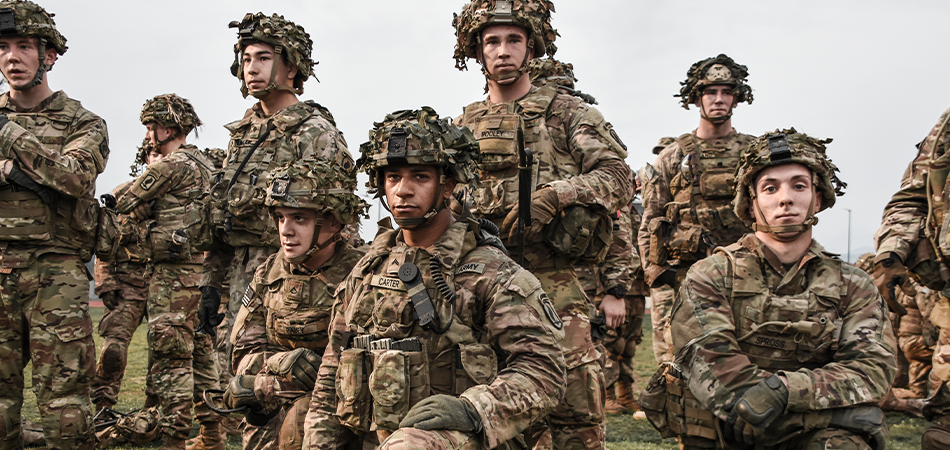
They called it "The Iron Rain." On the fateful day of June 6, 1944, as part of Operation Overlord, more than 13,000 paratroopers from the American 82nd and 101st Airborne Divisions leaped into the night sky, their hearts racing, their minds set on one goal: the liberation of Europe from the iron grip of Nazi Germany. Those airborne operations, performed using rudimentary Douglas C-47 Skytrains, set the stage for a revolution in warfare strategy and technology that has spanned decades.
Fast forward to today. Picture a C-17 Globemaster III gliding high above the earth, its belly full of the finest warriors the 21st century has to offer. Instead of the rudimentary equipment and hastily trained troops of yesteryear, this airborne operation features state-of-the-art gear, from GPS-guided parachutes to advanced night vision goggles. Today's paratroopers, products of rigorous selection and relentless training, represent the pinnacle of military readiness.
Airborne operations have evolved dramatically from those gritty, anxious drops over Normandy to the high-tech, precision drops of the present day. Let's embark on a thrilling exploration of this evolution, shall we?
Pic 2: https://s3-eu-west-1.amazonaws.com/lowres-picturecabinet.com/162/main/2/743418.jpg
From the Unthinkable to the Decisive Action
During World War II, airborne operations were the crucible where courage and innovation met. The concept was audacious, to say the least, as General Dwight D. Eisenhower once noted, "Four years ago, the air was a novel fighting medium. Now, it is routine."
The legendary Douglas C-47 Skytrain, known as the Dakota, was the primary transport for these pioneers. These airborne warriors carried nothing more than basic necessities: standard-issue M1 Garand, a few grenades, rudimentary rations, and a crude map. The training was tough and uncompromising, reflecting the harsh realities they would face.
Operation Neptune, part of the larger Operation Overlord, was their trial by fire. As the engines of Dakotas roared over Normandy, thousands of paratroopers plunged into darkness. They played a pivotal role in securing the flanks and neutralizing enemy positions, thereby setting the stage for the main amphibious assault.

Post-War Technological Advancements and Lessons Learned
The end of World War II brought a wave of technological and strategic reassessment. General James M. Gavin noted, "Paratroopers are as essential to a modern army as its fists to a boxer." Recognizing this, military strategists started building on the legacy of airborne warfare.
In the Korean and Vietnam Wars, helicopters played a more significant role. The Sikorsky H-19 Chickasaw and the Bell UH-1 Iroquois, the famous "Huey," quickly became icons of rapid troop deployment and medical evacuation missions.
Tactical changes also followed. Drop zones were more carefully selected, emphasizing precise drops and better coordination with ground forces. These adaptations reflected the lessons learned from World War II and prepared the stage for the next era of airborne warfare.
The Evolution of Airborne Operations: Today
In today's technologically advanced era, the "Cadillac in the Sky," the C-17 Globemaster III, is the emblem of modern airborne operations. Capable of rapid strategic delivery of troops and all types of cargo to main operating bases or directly to forward bases in the deployment area, the C-17 is a marvel of modern engineering.
Today's paratroopers are equipped with advanced tools that World War II paratroopers could only dream of. GPS-guided parachutes, called steerable parachutes, ensure precision landing for equipment, and advanced night vision technology allows operations in the darkest conditions.
One operation that vividly showcases the capabilities of modern airborne warfare is the 2003 Operation Northern Delay. As part of the early days of Operation Iraqi Freedom, about a thousand paratroopers from the 173rd Airborne Brigade jumped at night into Bashur Airfield, halting the advance of six Iraqi divisions.
A Salute to the Past, A Leap into the Future
Airborne operations have come a long way since the earnest days of World War II. The evolution has been profound, from the rudimentary Dakotas and their brave passengers to the sophisticated Globemasters and their tech-equipped modern paratroopers.
As we salute the courage of the past and leap into the future, let's remember the timeless words of Winston Churchill: "Courage is rightly esteemed the first of human qualities because it is the quality that guarantees all others." It is this courage that has been the constant across all eras of airborne warfare.
As long as there are battles to be won and skies to conquer, the legacy of the airborne will continue to soar. To all airborne troopers, past, present, and future: keep the spirit high and the resolve unbroken. Blue skies!
Here’s an awesome video of the Paratroopers jumping and training in Florida:
"The Essentials" Series is a monthly blog related to Airborne culture. We target fundamental topics such as Airborne equipment, culture, traditions, trivia, etc.
While we have a semi-annual plan on the topics, we remain open to ideas from paratroopers like yourself. So, feel free to reach out and propose a topic, our staff writers will get in touch with you, and you might even end up writing it together!

